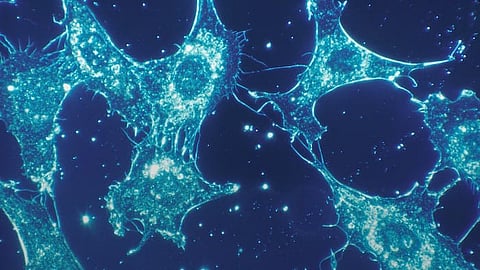The Wnt signaling pathway, while complex, is undeniably central to many processes in living organisms. The past 40 years have offered a plethora of insights, yet the pathway remains a treasure trove of potential knowledge. As researchers continue to unveil its secrets, there's hope that these findings will catalyze advances in biology, medicine, and overall human well-being.
References
DOI
10.1016/j.gendis.2023.01.030
Original Source URL
https://doi.org/10.1016/j.gendis.2023.01.030
Funding information
Research grants from the National Institutes of Health (CA226303 to TCH and DE030480 to RRR) The American Shoulder and Elbow Surgeons PJI Research Grant (LLS).
JF was supported in part by research grants from the Natural Science Foundation of China (82102696);
The 2019 Science and Technology Research Plan Project of Chongqing Education Commission (China) (KJQN201900410);
The 2019 Funding for Postdoctoral Research (Chongqing Human Resources and Social Security Bureau No. 298).
The Medical Scientist Training Program of the National Institutes of Health (T32 GM007281).
The University of Chicago Cancer Center Support Grant (P30CA014599),
The National Center for Advancing Translational Sciences (NCATS) of the National Institutes of Health through Grant Number 5UL1TR002389.
The Mabel Green Myers Research Endowment Fund and The University of Chicago Orthopaedics Alumni Fund.
About Genes & Diseases
Genes & Diseases is a journal for molecular and translational medicine. The journal primarily focuses on publishing investigations on the molecular bases and experimental therapeutics of human diseases. Publication formats include full length research article, review article, short communication, correspondence, perspectives, commentary, views on news, and research watch. (VP/Newswise)


